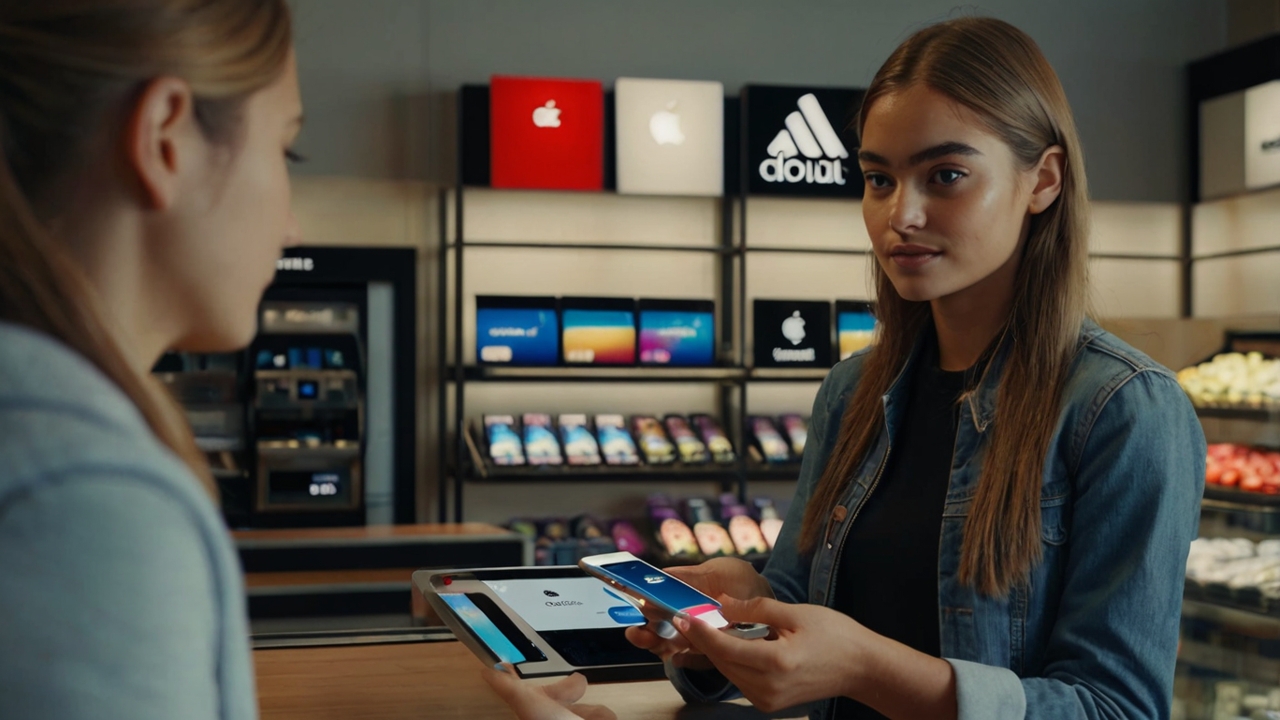Stay in Touch
We’d love to hear from you – drop us a message, and we’ll get back to you soon
Table of Contents
ToggleApple Pay stands out as a pioneer in changing our approach to transactions in a society going more and more digital. For millions of consumers globally, this mobile payment system has made cashless transactions more convenient and safe from grocery purchases to cup of coffee payment. But what exactly is Apple Pay, and should you act if your transaction declines? Let’s investigate these issues and make sure you maximize the handy technologies.
Designed by Apple Inc., Apple Pay is a mobile payment and digital wallet system that lets consumers pay with Apple devices—including iPhones, iPads, Apple Watches, and Macs. Thanks to Face ID or Touch ID, just adding your debit or credit card to your Apple Wallet will let you make purchases both online and in-store with a tap or a glance. Offering a contactless, safe, and quick payment method, the service connects effortlessly with many stores and apps.
In security: Using tokenization—where a distinct code is created for every transaction—Apple Pay keeps your actual card information hidden.
Apple Pay eliminates the need for you to carry actual cards; your devices are all you need.
Broad Acceptance Approved at millions of sites all across, including big stores, restaurants, and even public transit networks.
Apple Pay’s acceptance has experienced explosive increase from its introduction. Both companies and tech-savvy individuals have drawn in response to its security and ease. Apple Pay is increasingly being included into systems by more stores since they understand its ability to improve consumer satisfaction and simplify the checkout process.
Although Apple Pay is meant to be flawless, occasionally transactions may be rejected. These are some typical causes of this possible occurrence:
Technical faults: Apple Pay has transient technical problems, just as any system does. Usually, these are taken care of fast.
User Errors: A decline may result from incorrectly entering card information or an expired card. Verify that your Wallet app’s card data is current.
Security Actions: Apple Pay may reject transactions that seem unusual or suspicious for your protection, which would cause you to confirm your identity.

Should you find a drop, relax not too much. These actions help you to fix the problem:
Verify your card details: Make sure your card hasn’t expired and your card details are accurate.
Should asked, follow the guidelines to confirm your identity. This could call for adding further specifics or verifying a recent purchase.
Speak with your bank. Often the problem can be with your bank instead of Apple Pay. A brief contact to your bank can help to clear any account problems.
Get in touch for help. Should you find the problem unresolved on your own, Apple offers customer service to help you. For more support, contact them at their hotline number, +13144289161.
Offering a mix of security, simplicity, and efficiency, Apple Pay keeps redefining the way we pay. Although transaction rejects happen, they are usually simply fixed so you can keep re enjoying the advantages of this creative payment method. By understanding how Apple Pay works and knowing where to turn for help, you can maintain trust and confidence in this valuable service. So, go ahead and tap or glance your way to a cashless future with Apple Pay!
We’d love to hear from you – drop us a message, and we’ll get back to you soon
© 2024 The USA Bloggers. All rights reserved.